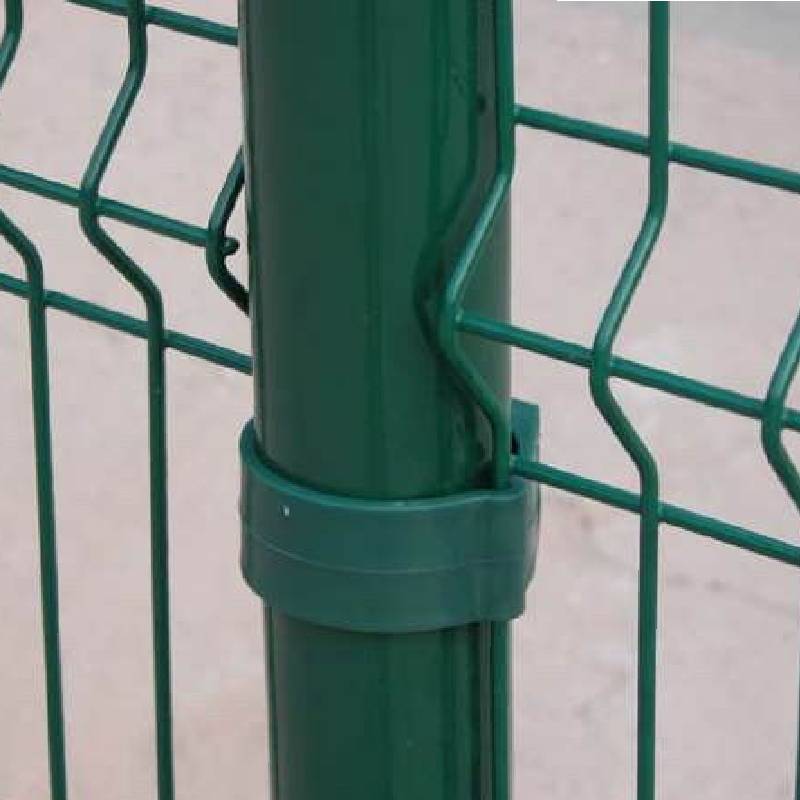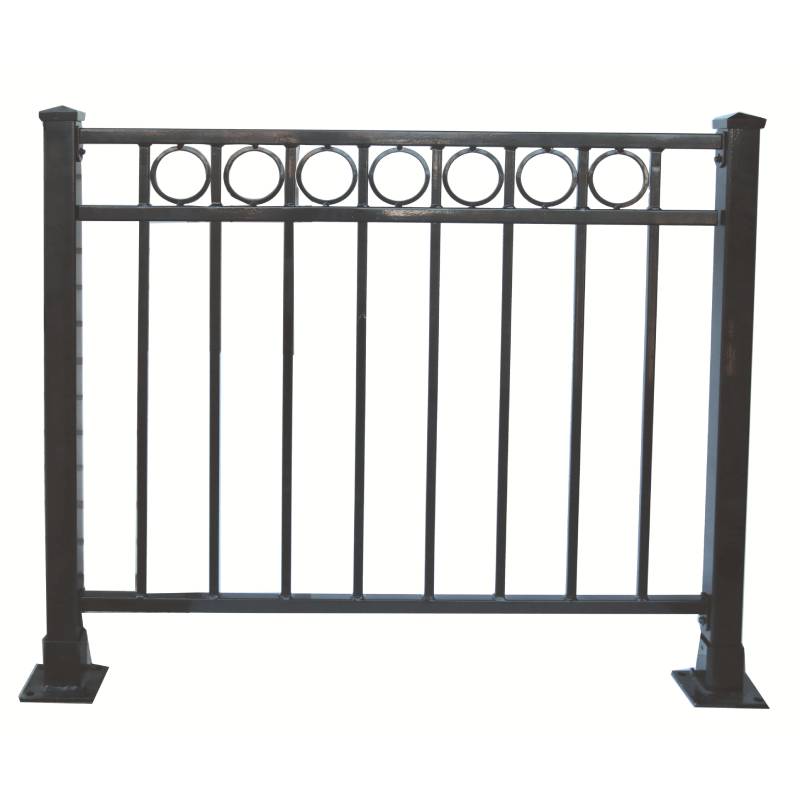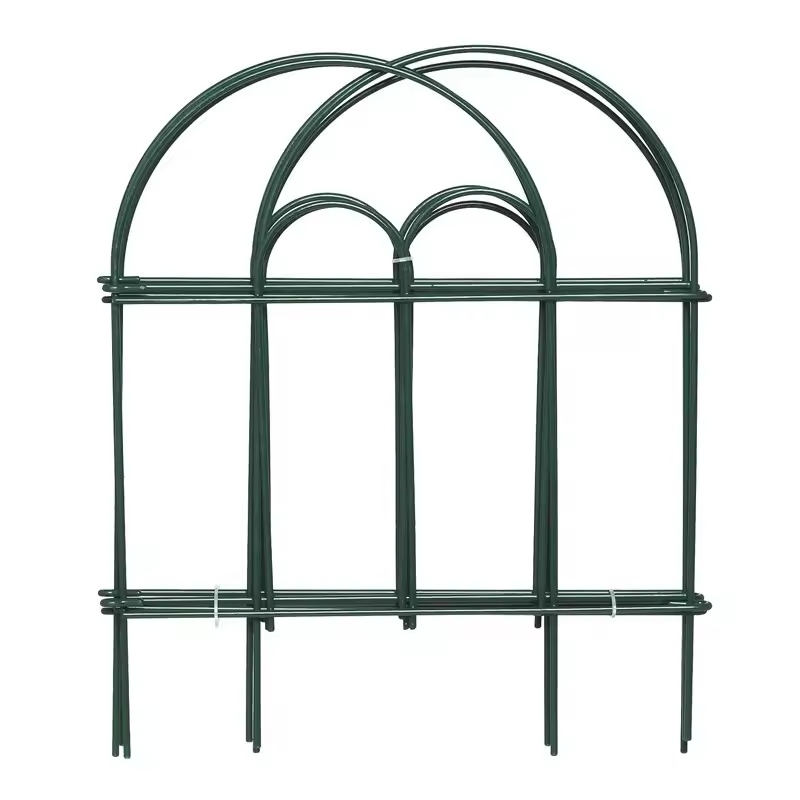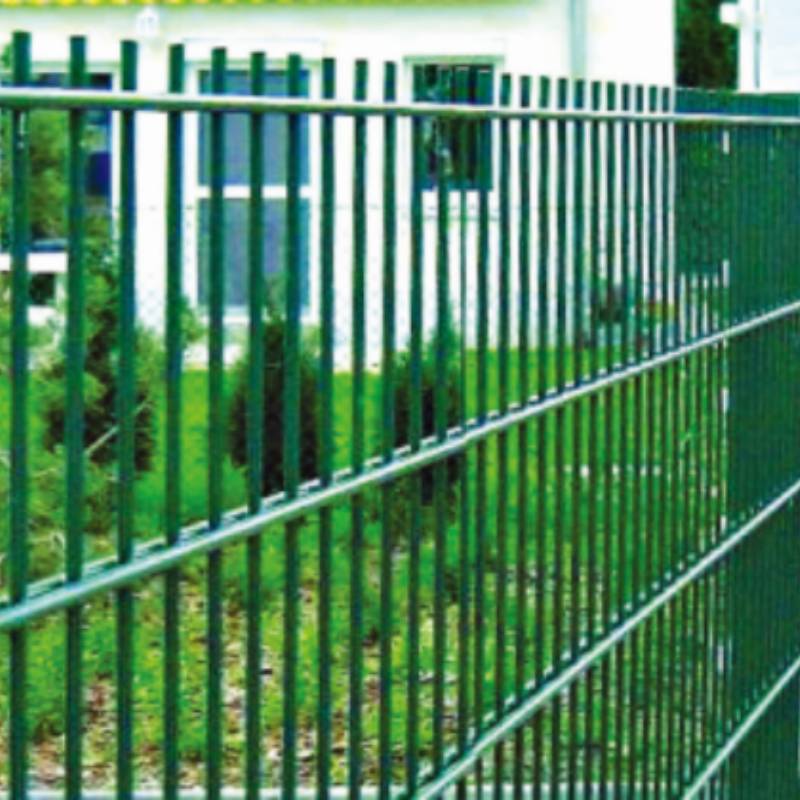-
E-pasts:zhao@hyliec.cn
-
Tālr.:+86 311 85273988
-
WhatsAPP:8613931128750
-
 Āfrikas
Āfrikas -
 albānis
albānis -
 amharu
amharu -
 arābu valoda
arābu valoda -
 armēņu
armēņu -
 Azerbaidžāņu
Azerbaidžāņu -
 basku
basku -
 baltkrievu
baltkrievu -
 bengāļu
bengāļu -
 bosniešu
bosniešu -
 bulgāru
bulgāru -
 katalāņu
katalāņu -
 Cebuano
Cebuano -
 Korsikānis
Korsikānis -
 horvātu
horvātu -
 čehu
čehu -
 dāņu
dāņu -
 holandiešu valoda
holandiešu valoda -
 Angļu
Angļu -
 Esperanto
Esperanto -
 igauņu
igauņu -
 somu
somu -
 franču valoda
franču valoda -
 frīzu valoda
frīzu valoda -
 Galisiešu
Galisiešu -
 gruzīnu
gruzīnu -
 vācu
vācu -
 grieķu valoda
grieķu valoda -
 gudžaratu
gudžaratu -
 Haiti kreols
Haiti kreols -
 hausa
hausa -
 havajietis
havajietis -
 ivrits
ivrits -
 Nē
Nē -
 Miao
Miao -
 ungāru
ungāru -
 islandiešu
islandiešu -
 igbo
igbo -
 Indonēziešu
Indonēziešu -
 īru
īru -
 itāļu valoda
itāļu valoda -
 japāņi
japāņi -
 javiešu
javiešu -
 kannada
kannada -
 kazahu
kazahu -
 khmeru
khmeru -
 Ruandā
Ruandā -
 korejiešu
korejiešu -
 kurdu
kurdu -
 Kirgizstānas
Kirgizstānas -
 TB
TB -
 latīņu valoda
latīņu valoda -
 latviski
latviski -
 lietuviešu
lietuviešu -
 luksemburgiešu
luksemburgiešu -
 maķedonietis
maķedonietis -
 Malgaši
Malgaši -
 malajiešu
malajiešu -
 malajalu
malajalu -
 maltiešu
maltiešu -
 maori
maori -
 maratu
maratu -
 mongoļu valoda
mongoļu valoda -
 Mjanma
Mjanma -
 Nepāliešu
Nepāliešu -
 norvēģu
norvēģu -
 norvēģu
norvēģu -
 oksitāņu
oksitāņu -
 puštu
puštu -
 persiešu
persiešu -
 poļu
poļu -
 portugāļu
portugāļu -
 pandžabu
pandžabu -
 rumāņu
rumāņu -
 krievu valoda
krievu valoda -
 Samoa
Samoa -
 skotu gēlu valoda
skotu gēlu valoda -
 serbu
serbu -
 Angļu
Angļu -
 Šona
Šona -
 Sindhi
Sindhi -
 singalu valoda
singalu valoda -
 slovāku
slovāku -
 slovēņu
slovēņu -
 somāliešu
somāliešu -
 spāņu valoda
spāņu valoda -
 sundāņu
sundāņu -
 svahili
svahili -
 zviedru
zviedru -
 tagalogs
tagalogs -
 tadžiks
tadžiks -
 tamilu
tamilu -
 tatārs
tatārs -
 telugu
telugu -
 taju
taju -
 Turku
Turku -
 Turkmēņu
Turkmēņu -
 ukraiņu
ukraiņu -
 urdu
urdu -
 Uiguru
Uiguru -
 uzbeku
uzbeku -
 vjetnamietis
vjetnamietis -
 velsiešu
velsiešu -
 Palīdzība
Palīdzība -
 jidiša
jidiša -
 Joruba
Joruba -
 zulu
zulu
Paneļu žogs
Wholesale Metal Fence Panels ?
Wholesale metal fence panels are a popular choice for those looking for durable and secure fencing solutions. These panels are often made steel materials providing a
strong and long-lasting option for garden fencing. They are available in various designs and sizes, making them suitable for a wide range of applications. Wholesale options offer cost-effective solutions for purchasing metal fence panels in bulk, making them ideal for contractors, landscapers, and property developers looking to install fencing on a larger scale.
Is It Cheaper To Buy Fence Panels Or Build Them?
The cost of buying fence panels versus building them can vary depending on several factors. In general, buying pre-made fence panels can be cheaper and more time-efficient than building them from scratch. Pre-made panels are mass-produced, which often makes them more cost-effective due to economies of scale. Additionally, purchasing fence panels can save on labor costs, as they are typically easier and quicker to install compared to building a fence from individual components. However, building a fence from raw materials allows for more customization and control over the design, which may be a priority for some individuals. It's important to consider the specific requirements, budget, and time constraints when deciding whether to buy or build fence panels.
How To Install A Panel Fence?
To install a panel fence involves several steps:
1. Measure and plan: Determine the length of the fence and calculate the number of panels needed. Plan the layout and ensure the fence posts are installed at the appropriate intervals to accommodate the panels.
2. Install the posts: Dig holes for the fence posts, ensuring they are deep enough to provide stability. Set the posts in concrete and allow them to cure before attaching the panels.
3. Attach the panels: Once the posts are set, attach the panels to the posts using appropriate fasteners such as screws or nails. Ensure the panels are level and properly aligned.
4. Add finishing touches: Depending on the type of panels used, additional finishing touches such as capping, trim, or paint may be required to enhance the appearance and durability of the fence.
5. Maintenance: Regular maintenance, such as cleaning and sealing, may be necessary to ensure the longevity of the fence panels.
It's important to follow the manufacturer's instructions and local building codes when paneling a fence to ensure proper installation and compliance with regulations. If in doubt, it's advisable to consult with a professional or seek guidance from experienced individuals.








